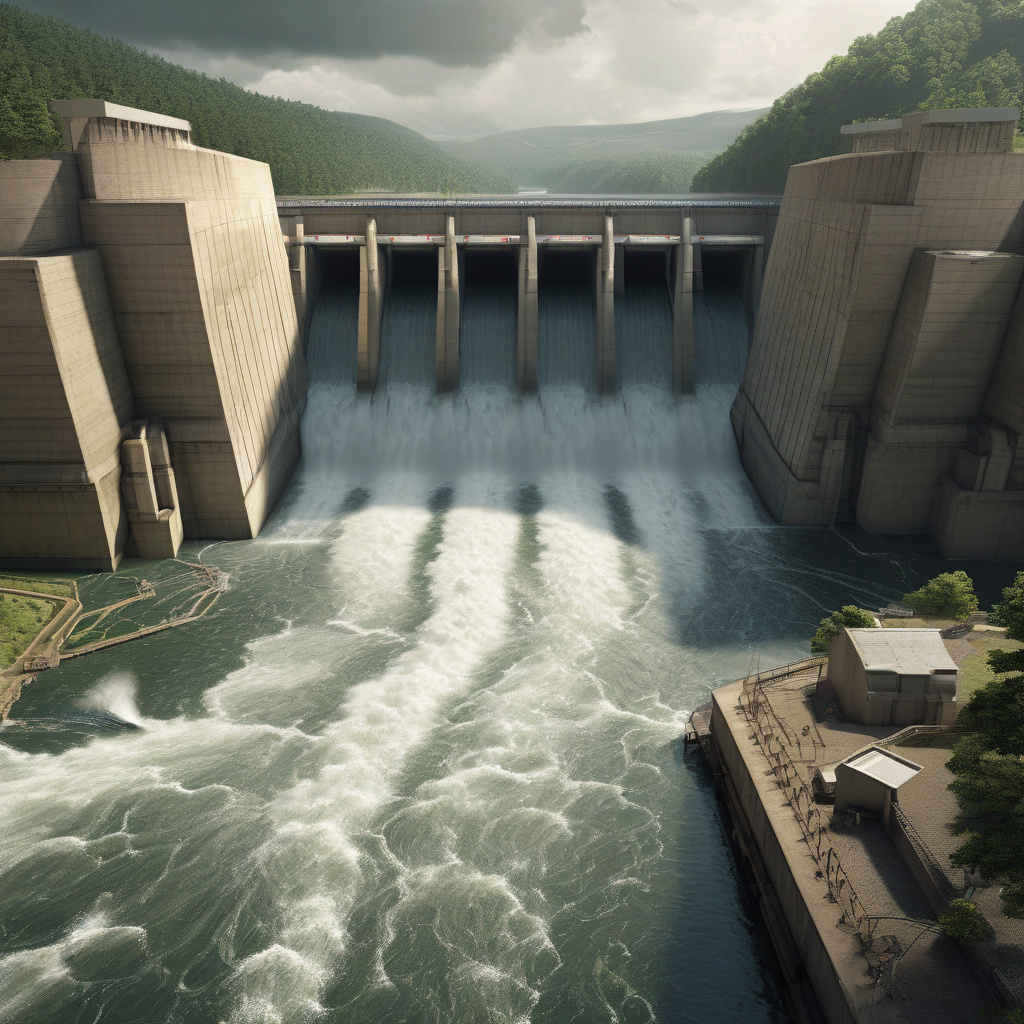Hydropower Infrastructure Vulnerable to Cyberattacks: Urgent Need for Security Audits
In a digital age where cybersecurity threats loom large, even the most unsuspecting sectors are not immune. Recently, a US senator issued a stark warning regarding the vulnerability of hydropower infrastructure to cyberattacks. The concern stems from the alarming fact that thousands of hydropower dams across the country have not undergone necessary cybersecurity audits, leaving them exposed to potential threats.
Hydropower dams play a crucial role in the clean energy sector, providing renewable energy to millions of households. However, their reliance on digital systems and interconnected networks also makes them susceptible to cyber intrusions. A successful attack on a hydropower dam could have devastating consequences, ranging from power outages to environmental damage and even threats to public safety.
The call for cybersecurity audits of hydropower dams is not unfounded. In recent years, there has been a significant rise in cyberattacks targeting critical infrastructure, including power plants and water facilities. These attacks are often orchestrated by malicious actors seeking to disrupt essential services, steal sensitive data, or cause widespread chaos.
One of the primary reasons behind the lack of cybersecurity audits in the hydropower sector is the perception that these facilities are not prime targets for cyber criminals. However, this assumption is dangerously misguided. As seen in numerous incidents worldwide, critical infrastructure is increasingly becoming a focal point for cyber warfare and terrorism.
To mitigate the risks associated with cyber threats, it is imperative that hydropower dam operators prioritize cybersecurity audits and invest in robust defense mechanisms. These audits should encompass thorough assessments of digital systems, network vulnerabilities, access controls, and incident response protocols. By identifying and addressing potential weaknesses proactively, operators can enhance the resilience of their infrastructure against cyberattacks.
Furthermore, collaboration between government agencies, cybersecurity experts, and industry stakeholders is vital in fortifying the security posture of hydropower dams. Information sharing, threat intelligence sharing, and regular training programs can empower personnel to recognize and respond effectively to cyber threats.
The warning raised by the US senator serves as a wake-up call for the hydropower industry to take cybersecurity seriously. Ignoring the looming threat of cyberattacks not only puts critical infrastructure at risk but also jeopardizes the reliability and sustainability of clean energy production.
In conclusion, the vulnerability of hydropower infrastructure to cyberattacks underscores the pressing need for comprehensive security audits and proactive measures to enhance cyber resilience. By staying ahead of emerging threats and embracing a culture of cybersecurity, the hydropower sector can safeguard its operations and fulfill its vital role in the transition to a sustainable energy future.
cybersecurity, hydropower, infrastructure, audits, threats
